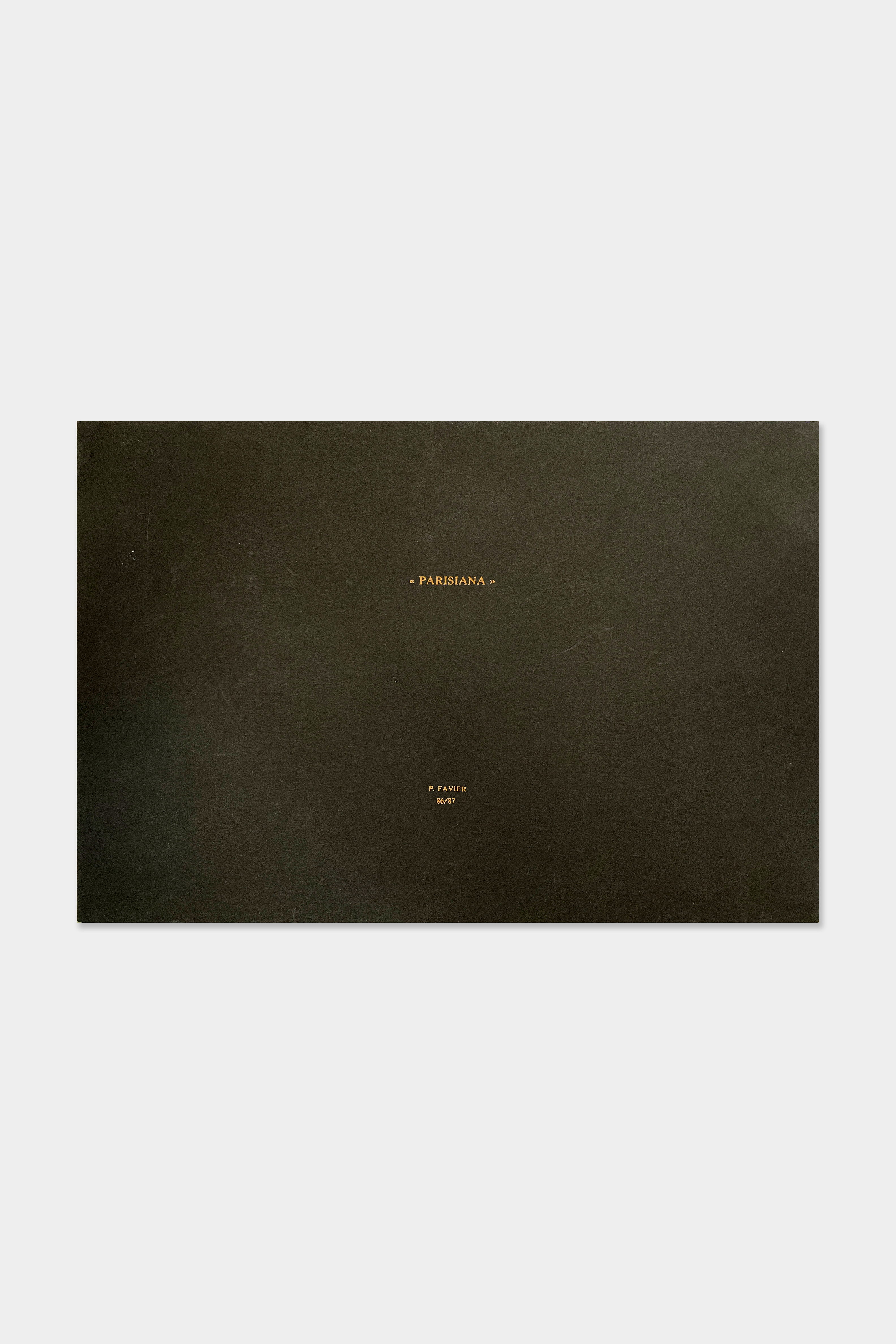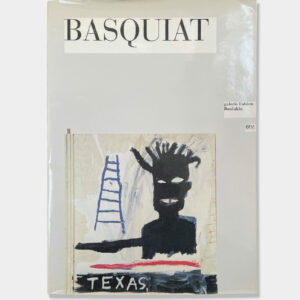Description
Parisiana by Philippe Favier, 1987.
This out-of-print book presents Philippe Favier’s work on 79 sardines cans of different shapes and sizes, a serial work both intriguing and beautiful.
It was exhibited as a long line of cans fixed on the walls of the Galerie Yvon Lambert in Paris in 1987 and at the Musée Faure in Aix-les-Bains.
With 80 color reproductions, this book is a close-up look at these sardine cans so we can appreciate all the details of Favier’s work and see how he transformed an ordinary, commercial item into a work of art.
Philippe Favier, born in 1957 in Saint-Étienne (France), is a critically acclaimed artist, painter and engraver, specializing in miniatures and small formats in black and white. He is also a scenographer (opera and dance). He emerged in the 1980s and the originality of his research as well as his ability not to be influenced soon set him apart from many artists of that period. He produced very large color formats exhibited for the first time at the National Museum of the Jeu de Paume in Paris in 1995 but also likes to work on much smaller formats such as the sardine cans reproduced in this book. He uses various materials such as cans, cartoline, Ingres paper, slates, geographical maps or photographs, as well as various techniques: drypoint, etching, enamel on glass, Indian ink or collages.
Winner of the Prix de Rome for painting and engraving in 1985, noticed by critics from his first exhibitions, he was not influenced by any current and found his own, original path.
In 2021, the Musée de Valence presented a monographic exhibition of his work. In the United States, his work is part of the collections of the NY MoMA.
About Parisiana by Philippe Favier:
Published by the Musée Faure, Aix-les-Bains, France.
34 pages, softcover
8.6″x12.4″ (22 x 31,5 cm) .
80 color reproductions
Out-of-print
Slight fold at the top left corner of the book.
To learn more about Philippe Favier






